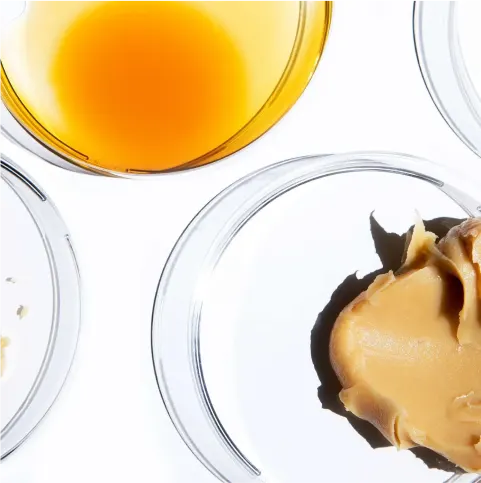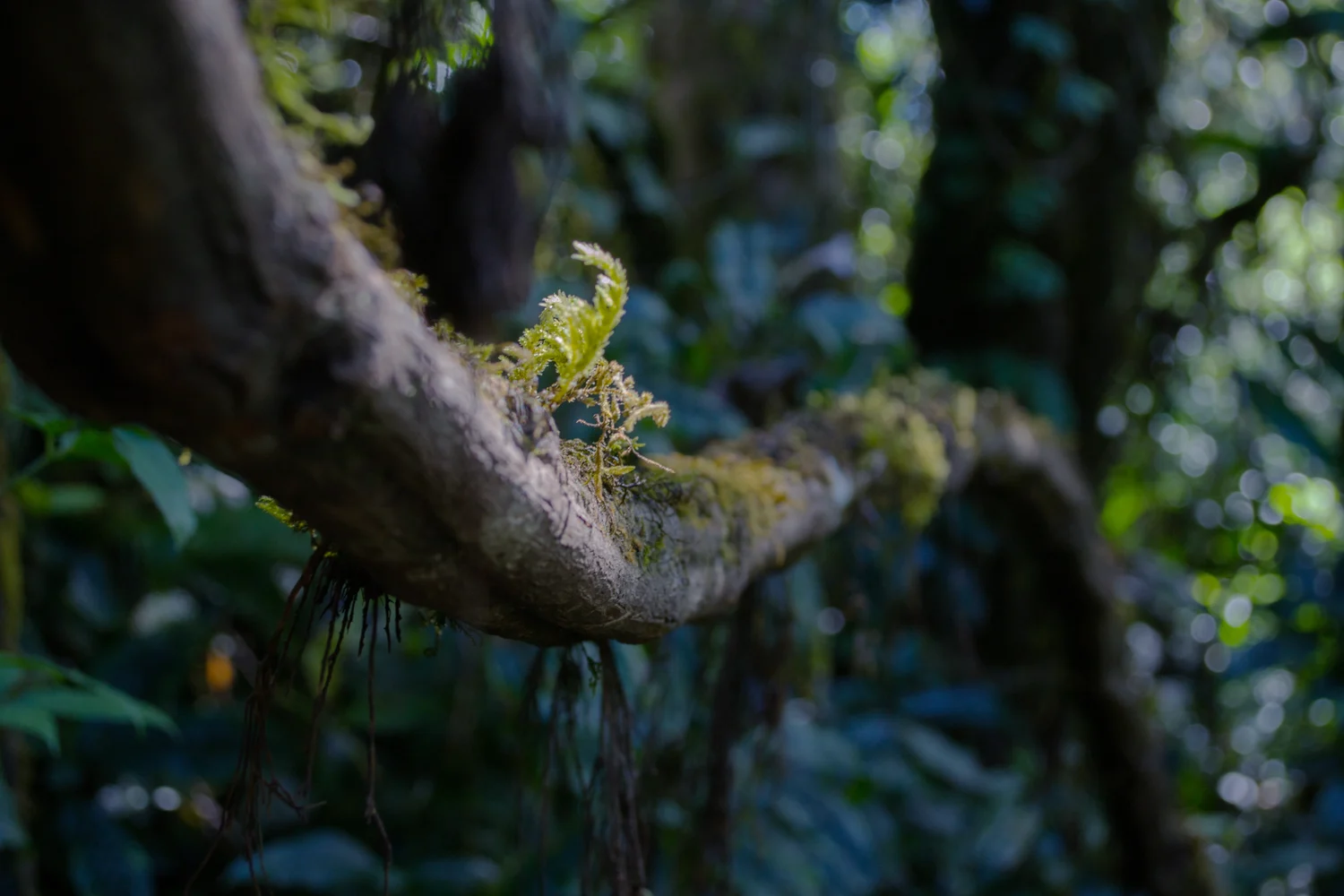Sourcing renewable raw materials

Neste uses renewable raw materials that fully meet the requirements specified in the legislation in our key markets (e.g. EU RED or US EPA). We select our renewable raw material suppliers carefully and monitor their performance. All our renewable raw materials are traceable back to the point of origin as required by the legislation in our key markets.
Globally sourced
We source renewable raw materials globally, from over 60 countries on 5 continents. We are primarily focused on waste and residue raw materials.
In 2018, we acquired 51% of the shares of Demeter, one of the largest animal fat waste traders in Europe.
In 2019, we opened an office in Shanghai and another in Melbourne focusing on renewable raw material sourcing.
In 2020, we acquired 100% of Mahoney Environmental, a collector and recycler of used cooking oil in the United States, and its affiliated entities. This supports our efforts to gain access to a substantial volume of used cooking oil and to grow our raw material supply chain in North America.
In 2021, we closed the acquisition of Agri Trading, one of the largest independent renewable waste and residue fat and oil traders in the United States.
In 2022, we acquired Walco Foods (renamed Neste Walco Limited), an Irish trader of animal fats.
In 2023, we acquired a used cooking oil collection and aggregation business from Crimson Renewable Energy in the US.
In 2023 we increased our ownership of Neste Demeter to 80% and agreed to acquire the remaining shares over the next few years.
We strengthen our sourcing capability through our global raw material aggregation network. The number of renewable raw material suppliers in our supply chain is over 600.
Traceability
All our renewable raw materials are traceable back to the point of origin as required by the legislation in our key markets (e.g. EU RED or US EPA).
Developing traceability within the palm oil industry: Waste and residues from the palm oil industry, such as PFAD, are part of our extensive portfolio. Neste's Responsible Sourcing Principle defines the company's clear position against any actions that would cause deforestation and forest degradation and commitment to combating deforestation in its supply chains. Improving traceability is one of the key tools. Neste is driving improved transparency within the palm oil industry as a whole in collaboration with partners.
More information about our palm fatty acid distillate (PFAD) supply chains can be found on Neste's traceability dashboards.
More about sourcing

Sustainability due diligence
Knowing the origin of our raw materials is a fundamental supplier requirement. Where possible, our aim is to gain visibility throughout the entire raw material supply chain.

For suppliers
Neste is a global buyer of used cooking oil (UCO), animal fat waste and a variety of other renewable raw materials.
Share this

